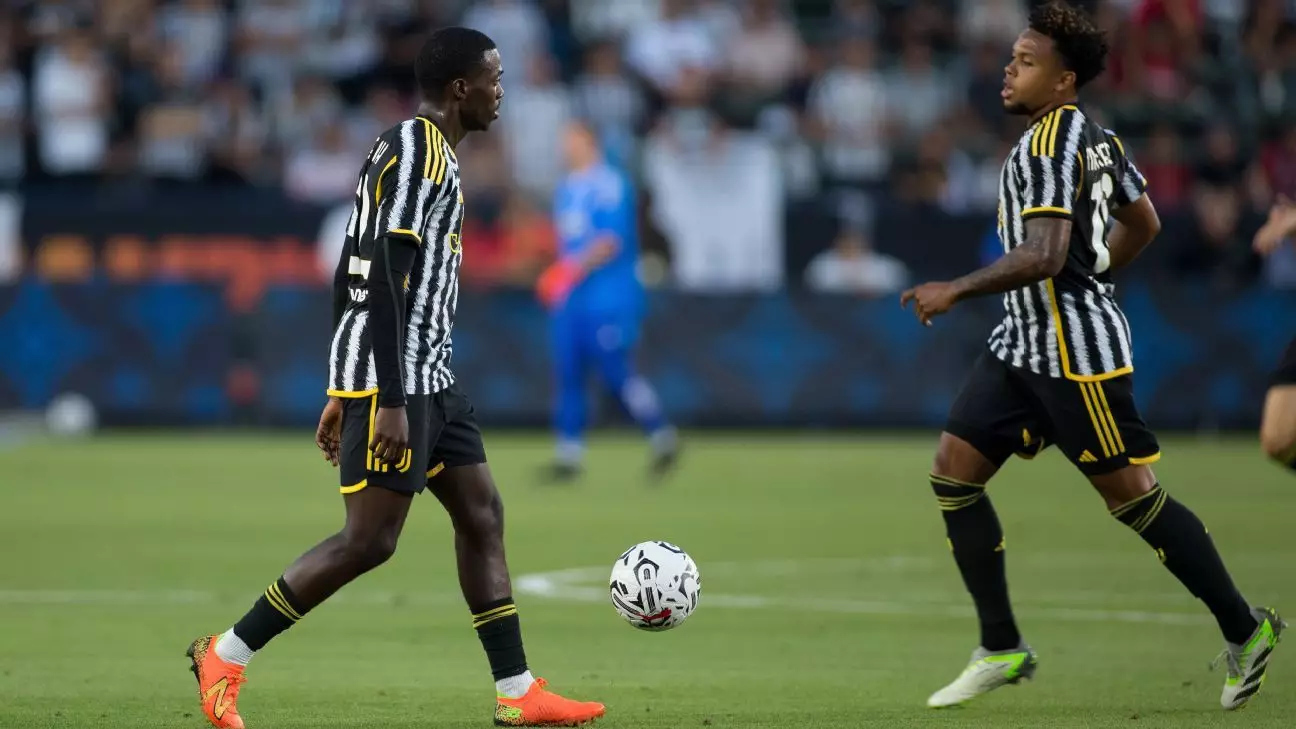The landscape of international football continues to shift, particularly with the upcoming 2025 Club World Cup (CWC) looming on the horizon. Recent revelations indicate that FIFA will not mandate clubs to release players for national team duties during the CWC, as outlined in official competition documentation. This policy decision has far-reaching implications, particularly for the North American trio of Canada, Mexico, and the United States, as they prepare for critical fixtures leading up to the 2026 World Cup.
FIFA’s choice to prioritize club commitments over national team participation marks a significant departure from previous practices, where clubs were typically required to release their players for international competitions during designated windows. This shift seems to stem from FIFA’s desire to bolster the profile and commercial viability of the CWC while also navigating an increasingly congested football calendar. As international tournaments vie for player availability, FIFA’s decision may reflect an underlying objective to enhance revenues from club competitions, potentially at the cost of national team preparations.
The implications of FIFA’s decision could be particularly acute for national teams in the Confederation of North, Central America, and Caribbean Association Football (Concacaf). With as many as a handful of top players potentially sidelined, the upcoming 2025 Gold Cup will be essential for these countries. Players such as Canada’s Tajon Buchanan of Inter Milan, Alphonso Davies of Bayern Munich, and Stephen Eustáquio of FC Porto form the backbone of a national team that aspires to make its mark on the world stage.
Similarly, the United States could be without notable talents like Weston McKennie and Tim Weah, who play for Juventus, and Borussia Dortmund’s Gio Reyna. The absence of such influential figures would drastically affect not only match outcomes but also the overall synergy and preparation of these national squads in the run-up to the World Cup. The possibility of even more players being unavailable, such as Cole Campbell of Dortmund or Brandon Vasquez of Monterrey, adds to the anxiety surrounding FIFA’s regulatory changes.
Impacts on the Gold Cup 2025
The Gold Cup, set to kick off on June 14, 2025, stands as the last major official competition for these teams before the highly anticipated 2026 World Cup. Therefore, the stakes have never been higher. The tournament not only serves as a platform for teams to gauge their readiness for the global competition but also acts as a testbed for tactical and team cohesion. A depleted roster could lead to unexpected results, thereby depriving this region of important competitive experience ahead of the world stage.
A Concacaf spokesperson articulated the excitement for the Gold Cup, emphasizing its role as a critical preparatory step for all participating countries. Nonetheless, the issue of player availability, exacerbated by FIFA’s non-compulsory release policy during the CWC, looms like a dark cloud over the event. With the implications of this decision yet to fully unfold, concerns about the competitiveness of the tournament remain.
Responses from National Federations
As of now, national football federations from Canada, the U.S., and Mexico have remained largely silent on FIFA’s disclosure, barring a few generic remarks. This silence could indicate a transitional phase as federations try to gauge the impact of this regulatory shift and develop strategies for player management amid conflicting commitments. Their responses will be crucial in determining how national teams adapt to this daunting landscape.
The absence of several top players could become a common narrative for Concacaf’s national teams as they seek to navigate the upcoming years filled with crucial fixtures. The strain on player resources may provoke a reevaluation of player availability and readiness, compelling federations to be proactive in securing their athlete’s engagement in both club and country competitions.
Looking Ahead: A Need for Balance
The evolving relationship between club and country responsibilities must be assessed critically, as the future of international football hinges on finding common ground. The recent developments highlight a worrying trend where clubs increasingly eclipse their national counterparts. As FIFA prioritizes club football’s commercial potential, the narrative of national pride and team cohesion hangs in the balance.
Stakeholders must recognize that a healthy football ecosystem requires a delicate balance between club and national team duties, particularly in the lead-up to a monumental event like the World Cup. Only time will tell if FIFA’s tactics yield the intended benefits, or if they will backfire, leaving national teams to grapple with the fallout of a decision that has sparked debates throughout the football community.

